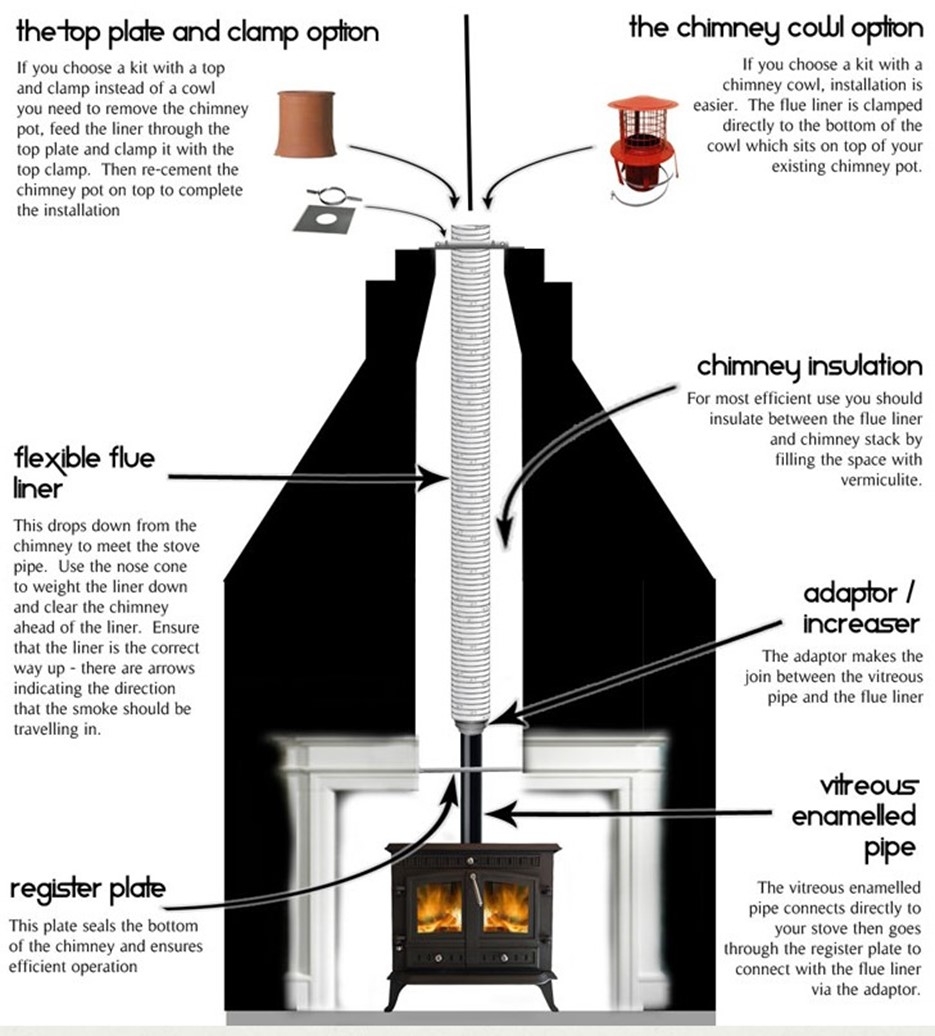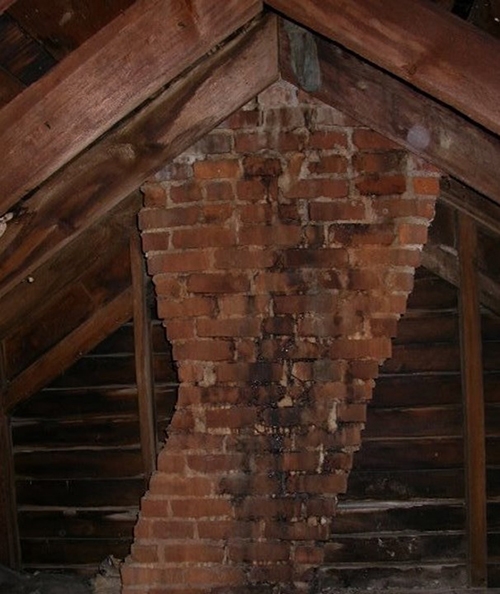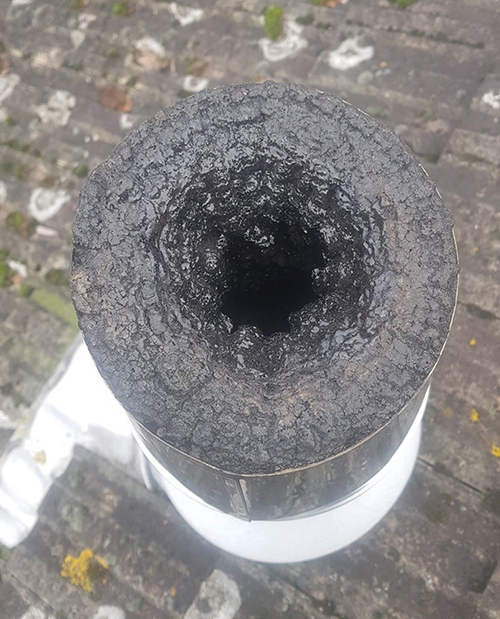Did you know that a poorly installed wood-burning stove will not only cost you more in the long-term, it can also put your life and the lives of your loved ones at risk.
If common sense doesn’t dictate getting the job done properly, that sobering thought ought to. It’s not the sort of thing to be messing around with on a DIY basis.
To emphasise the point, here are a few horror stories we’ve heard of wood-burning stoves that have been installed incorrectly, and often dangerously.
Register plate
The register plate sits at the top of the fireplace / bottom of the chimney. It has a dual purpose: to stop anything from falling down the chimney and to stop flue gases from coming back down the chimney and into your room.
The preferred material to use is steel, but some unscrupulous installers use chipboard. It ought to go without saying that using something combustible as a safety measure around a stove is not best practice.
Chimney liner
Installing a chimney liner is one of the more straightforward aspects of stove installation. The only thing you really need to remember is to put it the right way up. But we’ve heard tales of supposedly professional installers who managed to complete the job with an upside-down chimney liner.
Carbon monoxide
Leaks in your flue or poor connections at any point in your heating system can result in carbon monoxide being released in your room. It’s hardly necessary to emphasise how tragic the results can be in those circumstances.
Back wall problems
According to building regulations, your stove should be fitted at least 50mm away from the wall behind it, assuming that wall is non-combustible. Cowboy installers often breach this regulation or meet the measurement requirements but still endanger life by using or not altering a combustible material in the back wall.
Building regulation breaches
Work that hasn’t been completed by a HETAS-registered installer has to be signed off by your local authority to confirm it meets building regulations. Unfortunately, many people pay an unregistered installer. When they get the local authority in to check the work, it doesn’t meet building regulations.
They either can’t track down the person who did the work or can’t convince them to return, and they’re faced with the prospect of paying for the work to be done all over again.
Cleaning
As wood is being burnt this will over time coat the flue in tar so regular cleaning is required. Use well dried timber, never freshly cut!
Home Insurance
If a burner hasn’t been signed off and doesn’t have a certificate your home insurance may not be valid!!



